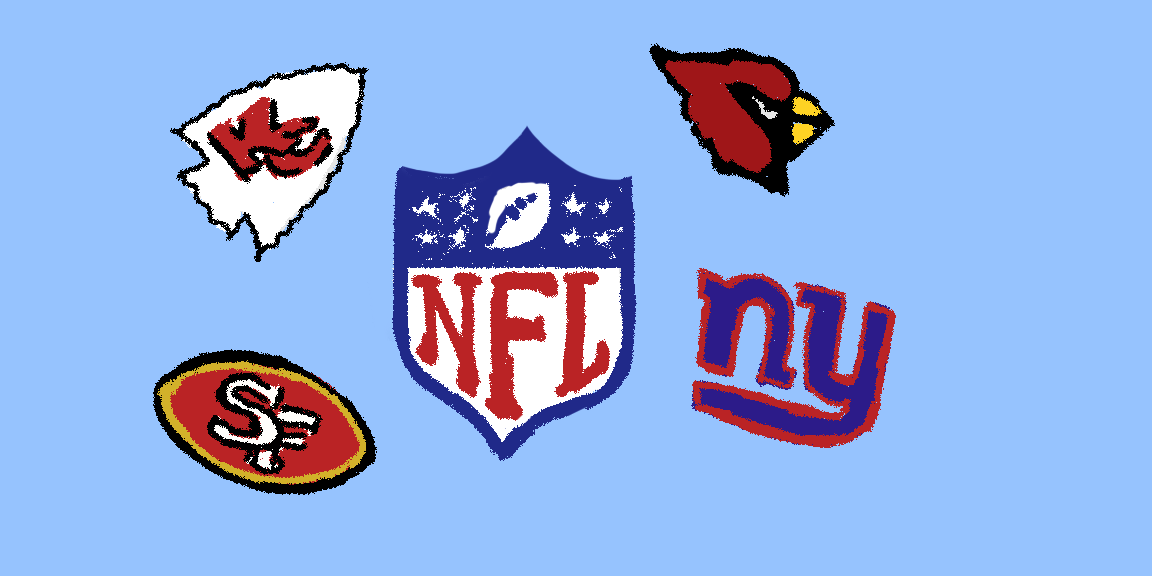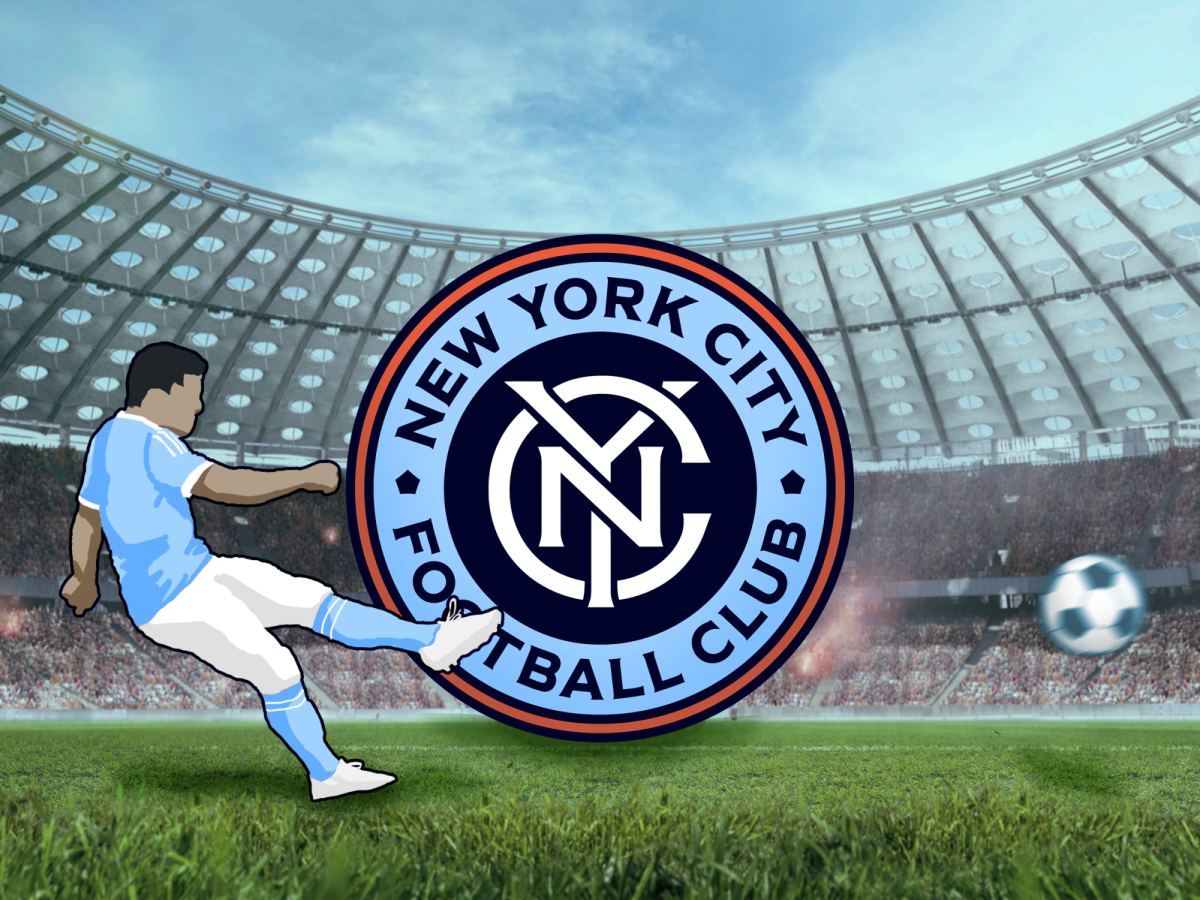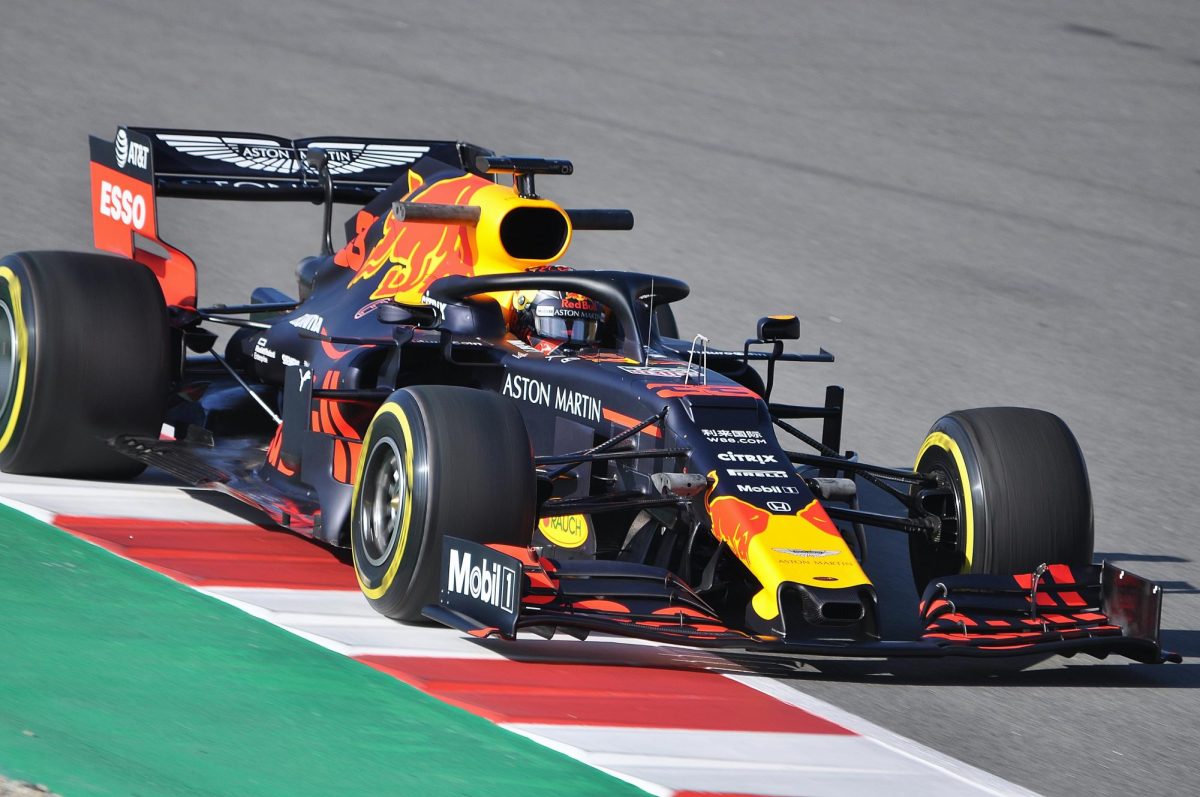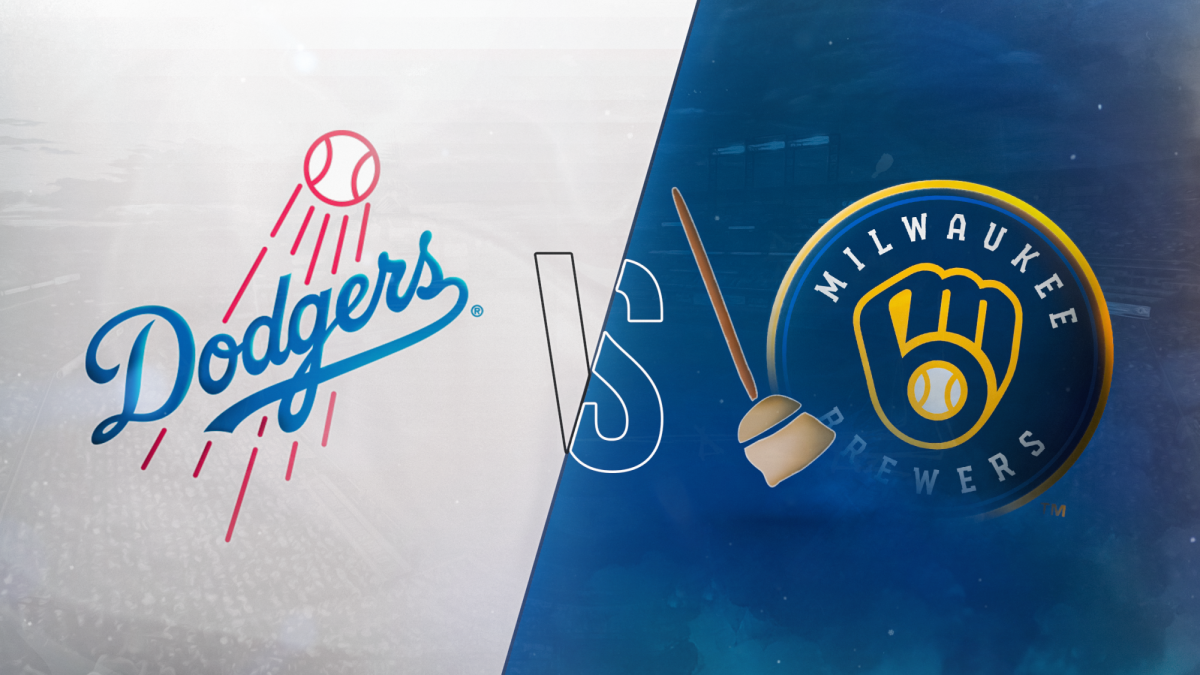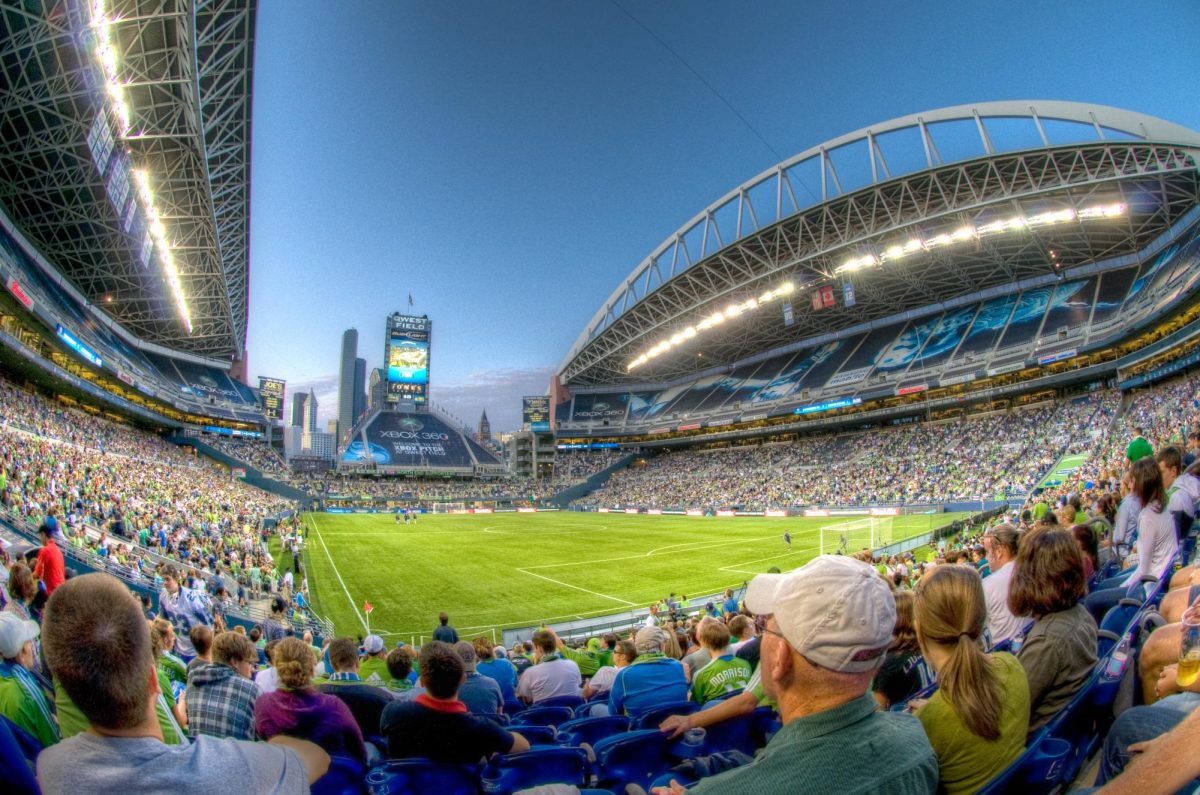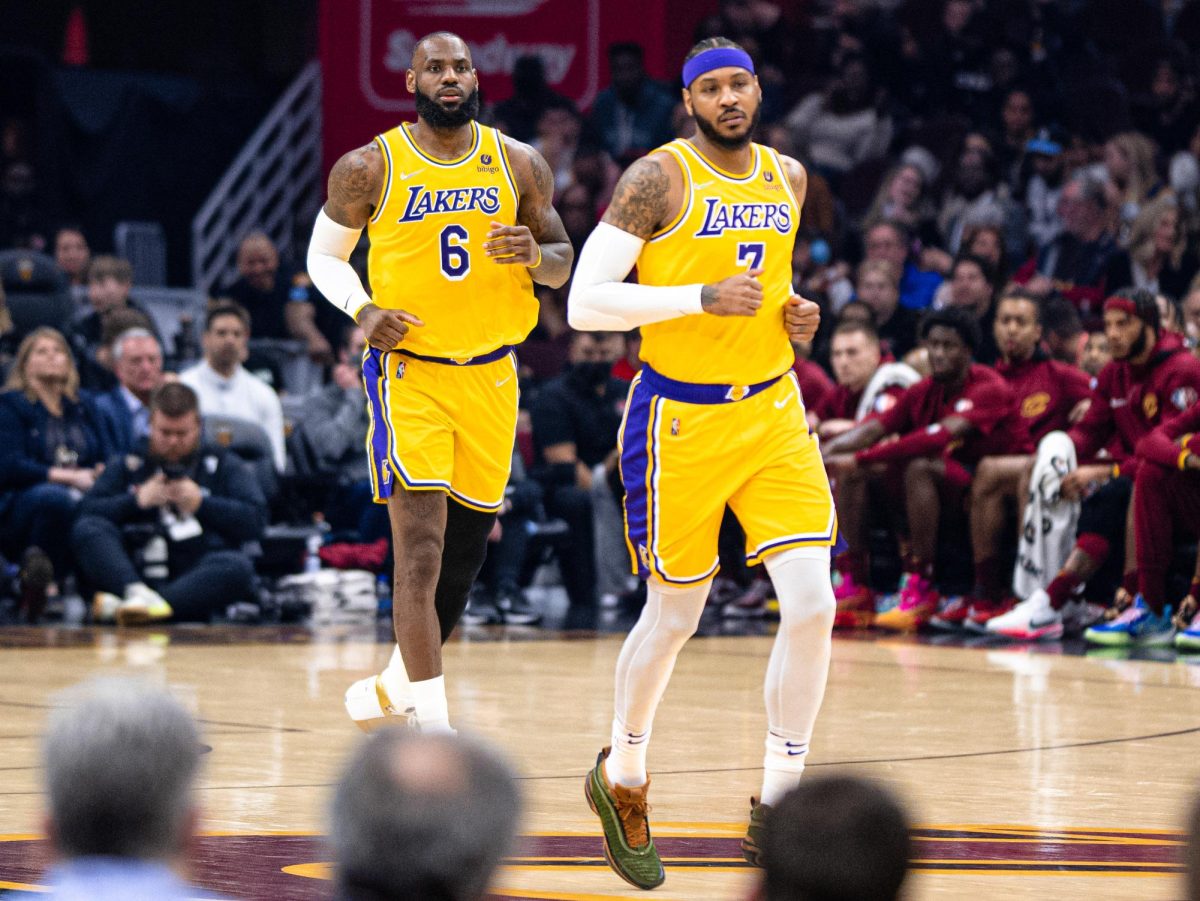In order to understand how Major League Soccer has become the league it is today, it seems appropriate to examine a bit of its history.
The Los Angeles Galaxy, the most successful club in Major League Soccer history with five MLS Cups, unveiled a statue of its most famous player — David Beckham.
Beckham’s move from Real Madrid to the Galaxy in 2006 still rates among the most important moments in the history of MLS, giving weight to the league as more than just a place where players — mostly from the United States — who were not good enough to be signed directly to a European club could spend their entire careers in relative anonymity.
Beckham teamed with U.S. Men’s National Team star Landon Donovan and Irish striker Robbie Keane to win two consecutive MLS cups, as well as to help MLS gain international exposure.
His acquisition inspired the designated-player rule, created so clubs can acquire big-name players regardless of salary cap constraints. MLS started being considered a viable entity because of Beckham, money started to pour into the league as old teams such as the San Jose Earthquakes gained new ownership and the league expanded to Canada with Toronto FC and the Vancouver Whitecaps FC. Beckham’s acquisition was the epicenter of “MLS 2.0,” a phase in the league’s history during which brand exposure was key.
However, gone are the days when teams rely on brand names, such as the admittedly washed up European legends Frank Lampard, Andrea Pirlo and Kaká, to gain exposure. Now, in “MLS 3.0,” clubs are reaching for youth and energy, utilizing South America as a pool for talented players.
The first week of MLS action featured many huge events, most notably the introduction of FC Cincinnati to the league as its 24th team, as well as the new playoff format. The playoff format will include seven teams per conference, the first placed team earning a bye to the semifinals. The other six teams will play one-off matches to determine who will advance.
Although there have been some departures that could prove costly to the league as a whole, including Sebastian Giovinco and David Villa leaving their teams for Asia, Miguel AlmirÓn leaving Atlanta for Newcastle United F.C., and Atlanta manager Gerardo “Tata” Martino leaving for the Mexican national team, the quality of the league has never been better.
Defending MLS Cup champion Atlanta United FC is the team to beat this season, with Atlanta adding to their core group of Josef Martinez, Hector Villalba and defensive rock Michael Parkhurst with the reigning South American player of the year Pity Martinez of River Plate.
Atlanta also got a new manager in Frank de Boer, who previously managed Inter Milan and Crystal Palace F.C. with mixed results.
A constant for the Five Stripes will be the incredible atmosphere in Mercedes-Benz Stadium; 75,000 supporters rocking the structure is good for the team and for the league.
As for the challengers for the MLS throne, D.C. United looks very good.
Former Manchester United F.C. cult hero Wayne Rooney and up-and-coming star Luciano “Lucho” Acosta combined to bring the 3-time champs to the playoffs last season.
D.C. United also improved its midfield and defense by signing Leonardo Jara from Argentinian club Boca Juniors and Lucas Rodríguez from Estudiantes.
The New York Red Bulls and Sporting Kansas City are both traditionally successful regular season teams.
Bradley Wright-Phillips consistently leads the Red Bulls with a lethal eye for goal as well as playmaking ability, while Sporting Kansas City is led by USMNT stalwarts Graham Zusi and Matt Besler.
Other teams to watch out for include New York City FC and Los Angeles FC, which can always score goals with Carlos Vela at the striker position but need to figure out how to hold leads better.
The MLS has grown to become a legitimate league in America, with more teams set to join in the next two years. With more talent and more exposure on a global scale, the trajectory of the league is pointing up, becoming a must-watch spectacle of soccer.



